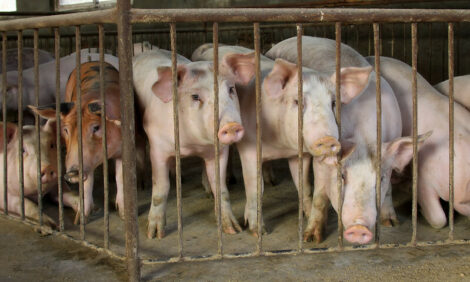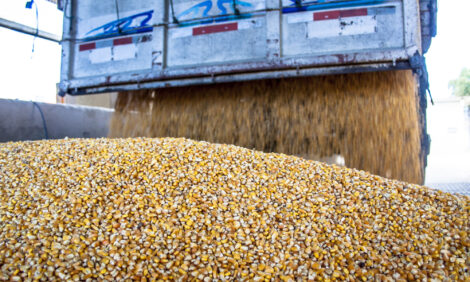



Pork industry needs to balance animal well-being with antibiotic pressures
After 37 years of swine veterinary practice, John Baker, DVM, Boonville, Indiana, sees producers and veterinarians entering a new era in antibiotic management — one that focuses not on arbitrarily reducing antibiotics but using them responsibly to ensure animal well-being.“Our goal, as veterinarians, has always been to minimise disease and, when it does happen, to get a quick and effective response to treatment,” he told Pig Health Today.
“With new concerns about antibiotics, we not only have to treat the disease but also consider how the use of antibiotics is perceived.”
While it’s true that over-the-counter antibiotic purchases used to be commonplace, veterinarians are now actively involved with the decision-making process. New guidelines are also in place to ensure responsible use.
Healthier pigs overall
Baker noted that the pork industry had incentives to use antibiotics responsibly long before the new veterinary feed directive rules that went into effect in 2017.
“Producers don’t really want to use antibiotics; they’re expensive,” he reasoned, but noted they also want to minimize disease and practice responsible animal care, which means using antibiotics judiciously under veterinary supervision.
Baker added that, overall, today’s hogs are healthier thanks to continuous improvements in management, biosecurity, vaccines and other production aspects. The public doesn’t tend to view it this way, he added, but moving pigs indoors improved hogs’ comfort while reducing health challenges from environmental stressors — viruses and parasite, to name a few — that increase disease risks in outdoor pigs.
“Producers and veterinarians have managed pigs to a better state of health, comfort and well-being,” Baker noted.
Consumers tend to think that antibiotics are used only to enhance performance and make money. But pigs get sick regardless of where or how they’re raised.
“We need antibiotics and use them to put pigs back into a healthy state,” he said, “and healthy pigs equate to a wholesome product for the consumer.”
That’s a message Baker wants producers and veterinarians to emphasise — that pork producers follow medication withdrawals and the pork products they sell to consumers are free of antibiotics.
Words of caution
He cautioned about exuberance surrounding “antibiotic-free” or “no-antibiotics-ever” (NAE) production systems. “Those are sort of an extreme in terms of antibiotic stewardship,” Baker said. “Removing antibiotics from production and expecting a good outcome isn’t logical.”
Before venturing too deeply into the NAE pool, he noted that veterinarians, producers and others need to decide how best to raise those pigs for the animal’s well-being.
“You have to have the right pig; select animals that have the greatest opportunity to perform under that program, manage them differently and minimise stress,” he said.
Animal welfare is always a concern and it spills over to the workers’ welfare. “Workers don’t want to see sick pigs and not be able to treat them,” Baker added. “People working in barns enjoy working with animals. They’re there to care for them, not see them die.”
While NAE products make up something like just 3% of pork sales, he said, the trend is likely to grow. Baker agreed that selecting a product from animals raised without antibiotics is every individual’s choice, but with that choice comes the responsibility to ensure it was raised within a system that is certified to have good animal welfare.
And those two factors are not always one in the same.







